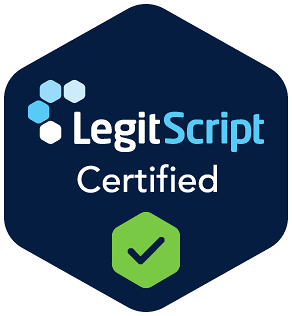Before you begin taking a medication, be sure to inform your doctor of any medical conditions or Allergies you may have, any medications you are taking, whether you are pregnant or breast-feeding, and any other significant facts about your health. These factors may affect how you should take Lansoprazole.
Diarrhea: When gastric acid is decreased, the number of bacteria normally in the digestive system increases. Occasionally, this can cause serious infection in the digestive tract. If you experience severe watery or bloody diarrhea, fever, or abdominal pain while taking lansoprazole, contact your doctor as soon as possible.
Electrolyte balance: Long term use of lansoprazole may cause the levels of electrolytes such as magnesium, calcium, and potassium in the blood to decrease. If you experience symptoms of fluid and electrolyte imbalance such as muscle pains or cramps; dry mouth; numb hands, feet, or lips; or racing heartbeat, contact your doctor as soon as possible. Your doctor may do blood tests periodically to monitor the levels of these electrolytes in your blood while you are taking Lansoprazole.
Liver function: Decreased liver function may cause lansoprazole to build up in the body. If you have reduced liver function or liver disease, discuss with your doctor how Lansoprazole may affect your medical condition, how your medical condition may affect the dosing and effectiveness of Lansoprazole, and whether any special monitoring is needed.
If you experience symptoms of liver problems such as fatigue, feeling unwell, loss of appetite, nausea, yellowing of the skin or whites of the eyes, dark urine, pale stools, abdominal pain or swelling, and itchy skin, contact your doctor immediately.
Methotrexate interaction: Lansoprazole, like other medications in this group, may interact with methotrexate when the two medications are used at the same time. This combination may lead to higher than expected amounts of methotrexate in the body and can cause serious side effects, including kidney damage, irregular heartbeat, Anemia, or infection. If you take lansoprazole and are also going to receive a dose of methotrexate, discuss with your doctor how Lansoprazole may affect your medical condition, how your medical condition may affect the dosing and effectiveness of Lansoprazole, and whether any special monitoring is needed.
More serious conditions of the stomach and intestines: Even if you experience improvement in acid-related symptoms, it is still possible to have serious underlying stomach problems such as stomach cancer. If you experience symptoms of a more serious condition of the stomach and intestines (e.g., trouble swallowing, unplanned weight loss, vomiting of blood or food, or black stools) while taking Lansoprazole, contact your doctor immediately.
Osteoporosis fractures: Long-term use of lansoprazole may be related to an increased risk of bone fractures in the hip, wrist, or spine, as a result of weakened bones. This risk is further increased if you are at risk of developing osteoporosis. If you have osteoporosis or have risk factors for developing osteoporosis, discuss with your doctor how Lansoprazole may affect your medical condition, how your medical condition may affect the dosing and effectiveness of Lansoprazole, and whether any special monitoring is needed.
Vitamin B12: Long-term use of lansoprazole may lead to vitamin B12 deficiency. If you are a vegetarian or have low vitamin B12 levels, discuss with your doctor if any special monitoring is required.
Pregnancy: There are no adequate or well-controlled studies on the use of Lansoprazole by pregnant women. Lansoprazole should not be used during pregnancy unless the benefits outweigh the risks. If you become pregnant while taking Lansoprazole, contact your doctor immediately.
Breast-feeding: It is not known if lansoprazole passes into breast milk. If you are a breast-feeding mother and are taking Lansoprazole, it may affect your baby. Talk to your doctor about whether you should continue breast-feeding.
Children: The safety and effectiveness of Lansoprazole have not been established for use by children under one year old. For children 1 to 17 years old, Lansoprazole can be used to treat GERD for a maximum of 12 weeks.


